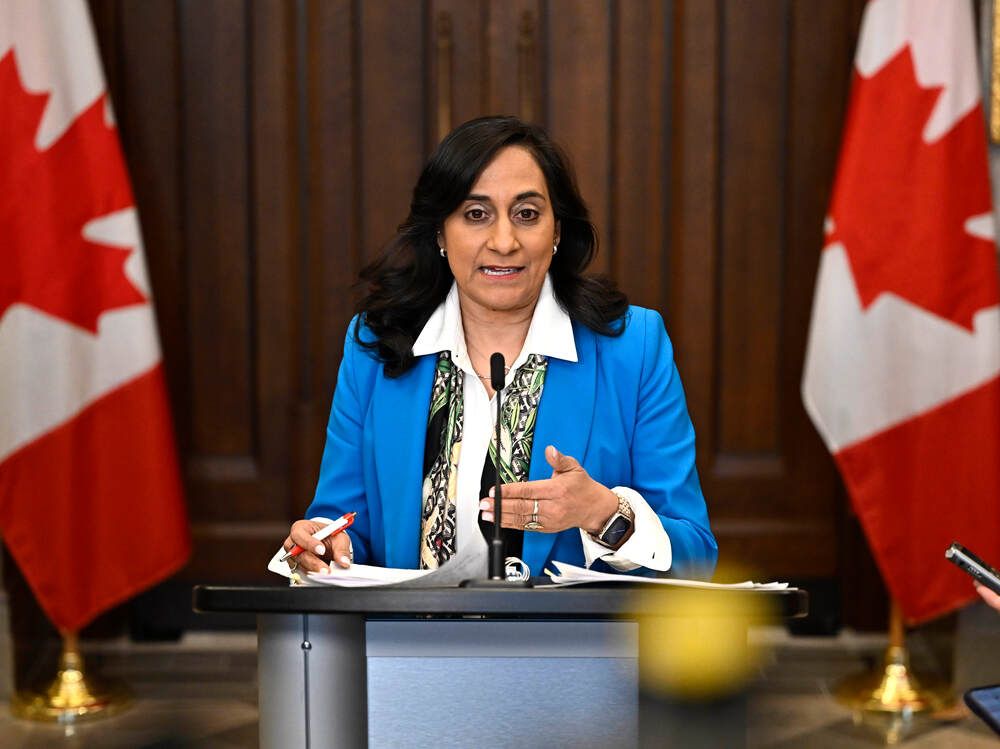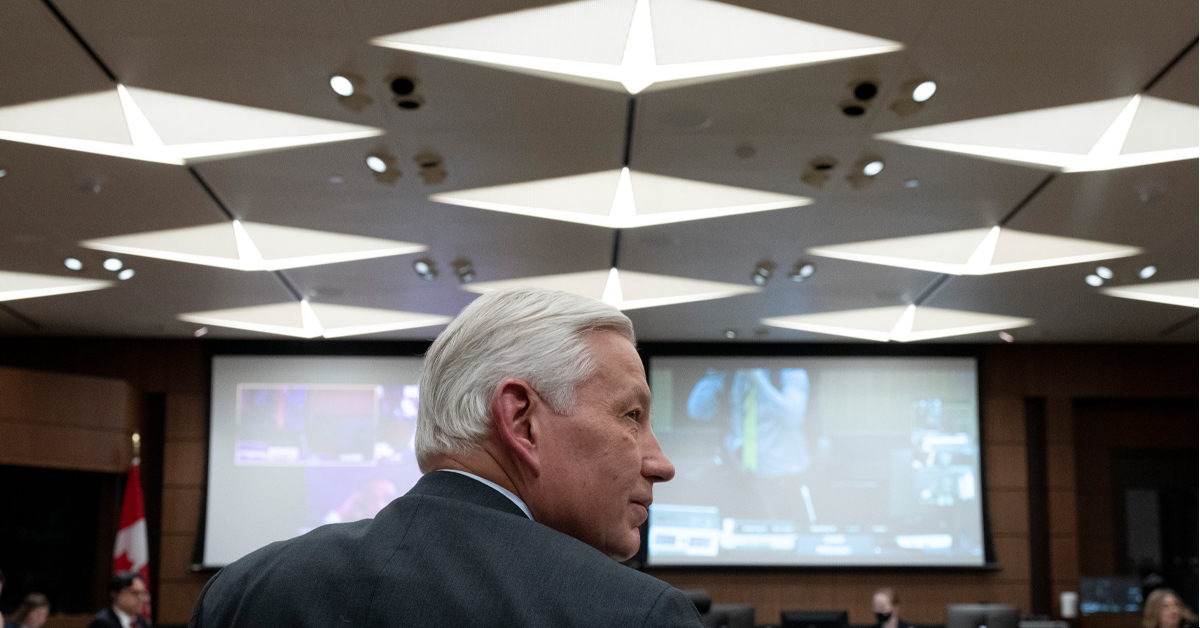Meanwhile... consultants!

The never-ending question of contracting in the public service
The real issue is not whether to use outside suppliers of services, but how to use them to best effect.
There are three ways to get a flow of work done: by permanent public servants; by temporary public servants (term appointments, casuals, seasonal workers, students); or by outside contractors. The first two fall under “
staffing” policies and processes, while the third falls under
“procurement and contracting.” All three generate costs for the government. These days, Ottawa spends roughly $50 billion on its public service and $15 billion on contracted services. Is that mix the right one? If you want to dampen or cut government spending, which should be cut more deeply?
Permanent public servants are expensive, carrying a premium beyond their salaries in terms of benefits and future pension costs. They are difficult to move around and almost impossible to terminate for poor performance. They are entangled in a complex web of collective agreements and human resource mechanisms. They do however bring experience, expertise, loyalty, engagement and an orientation to the public interest, as opposed to short-term profit. The smart business choice is often to build up and develop sustainable capacity within a public service entity.
But the truth – uncomfortable for some – is that sometimes it makes more sense to go to an outside supplier where a pool of expertise resides. Just as the private sector does, it often makes sense for governments to outsource services, whether they are ongoing or related to a specific project with finite time frames. A large consideration is matching supply to demand.
Government contracting is under scrutiny. The real issue is how best to use outside suppliers of services, not whether to use them.

policyoptions.irpp.org









